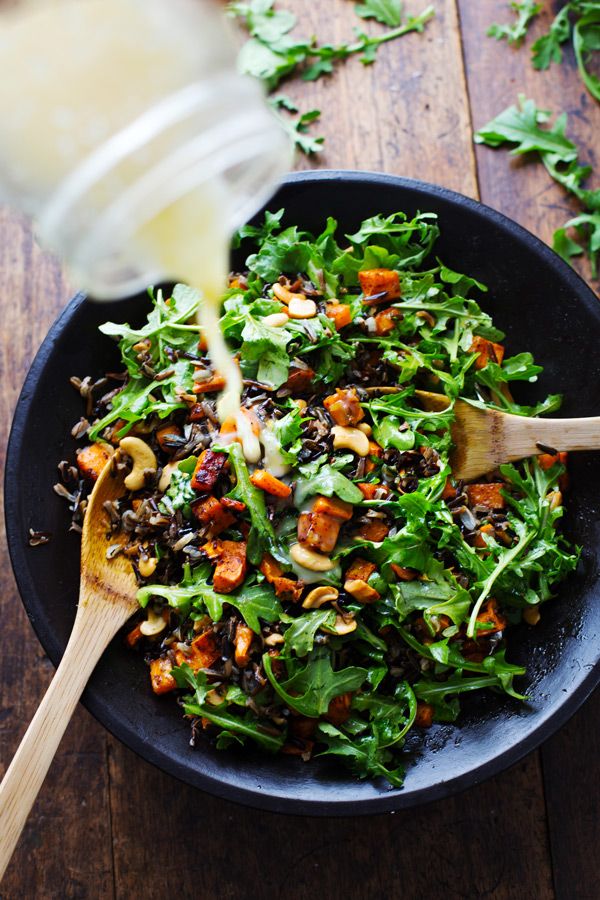As regular readers of my blog may know, I’m experimenting with resistant starch as a cure for constipation. Resistant starch is a type of food starch that remains whole through the stomach and small intestine, and, unlike most foods, reaches the large intestine intact. Thus, it “resists” digestion and begins to ferment…which, in turn, feeds good bacteria…which in turn produces a bunch of top health results, including great number two action.

There are several types of RS, but only two are actually accessible for consumption. I’ve shared how I chose to take my RS via a powdered form (Type 2 RS). I share how I went about it, and how it worked, here. But I always promised to give some tips on how to cleverly incorporate the other edible RS – retrograde resistant starch – into everyday eating. You should be aware, even if you’re taking the powdered Type 2 version, it’s recommended that you consume it with Type 3 RS as well. So here you go.
Bear in mind, aside from curing constipation, your body also treats resistant starches much like fibre, creating smaller glucose peaks than normal carbs and helps feed the good bacteria in your gut. You’ll also absorb fewer calories than you do when eating those same carbs in their usual (cooked and warm) state. This is because the carbs change composition when they’re cooled (and even more so when they’re reheated, read more below). These resistant starches are eventually excreted instead of being metabolized by our bodies.
How to incorporate resistant starch into your dinner
It’s as simple as eating starchy carbs that have been cooked, cooled and then reheated (in that order)…
1. Cook your carbs as you normally would. Including rice, pasta, potatoes, corn, polenta, baked beans, chickpeas, beans, lentils, peas, split peas, carrots, parsnips, sweet potato.
2. Allow the food to cool. To room temperature, if you’re using it for that meal. Otherwise store in the